
Brigham Young was an American religious leader and politician. He was the second president of the Church of Jesus Christ of Latter-day Saints from 1847 until his death in 1877. During his time as church president, Young led his followers, the Mormon pioneers, west from Nauvoo, Illinois, to the Salt Lake Valley. He founded Salt Lake City and served as the first governor of the Utah Territory. Young also worked to establish the learning institutions that would later become the University of Utah and Brigham Young University. A polygamist, Young had at least 56 wives and 57 children. He formalized the prohibition of black men attaining priesthood, and led the church in the Utah War against the United States.
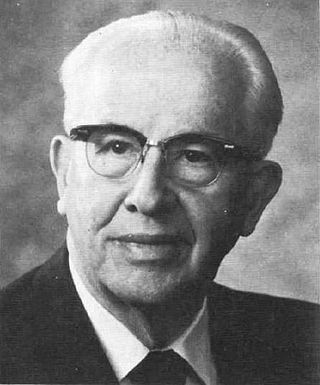
Ezra Taft Benson was an American farmer, government official, and religious leader who served as the 15th United States Secretary of Agriculture during both presidential terms of Dwight D. Eisenhower and as the 13th president of the Church of Jesus Christ of Latter-day Saints from 1985 until his death in 1994.
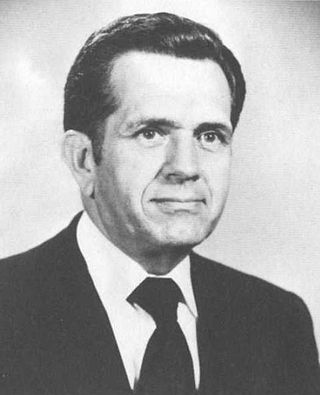
Boyd Kenneth Packer was an American religious leader and educator who served as president of the Quorum of the Twelve Apostles of the Church of Jesus Christ of Latter-day Saints from 2008 until his death. He also served as the quorum's acting president from 1994 to 2008 and was an apostle and member of the Quorum of the Twelve from 1970 until his death. He served as a general authority of the church from 1961 until his death.
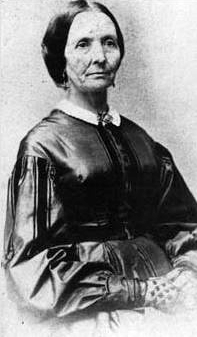
Eliza Roxey Snow was one of the most celebrated Latter-day Saint women of the nineteenth century. A renowned poet, she chronicled history, celebrated nature and relationships, and expounded scripture and doctrine. Snow was married to Joseph Smith as a plural wife, and was a plural wife to Brigham Young after Smith's death. Snow was the second general president of the Relief Society of the Church of Jesus Christ of Latter-day Saints, which she reestablished in the Utah Territory in 1866. She was also the older sister of Lorenzo Snow, the LDS Church's fifth president.

The Relief Society is a philanthropic and educational women's organization of the Church of Jesus Christ of Latter-day Saints. It was founded in 1842 in Nauvoo, Illinois, United States, and has more than 7 million members in over 188 countries and territories. The Relief Society is often referred to by the church and others as "one of the oldest and largest women's organizations in the world."
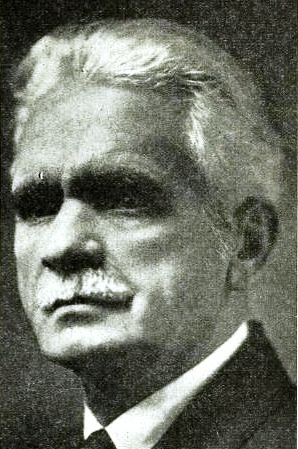
Brigham Henry Roberts was a historian, politician, and leader in the Church of Jesus Christ of Latter-day Saints. He edited the seven-volume History of the Church of Jesus Christ of Latter-day Saints and independently wrote the six-volume Comprehensive History of the Church of Jesus Christ of Latter-day Saints. Roberts also wrote Studies of the Book of Mormon—published posthumously—which discussed the validity of the Book of Mormon as an ancient record. Roberts was denied a seat as a member of United States Congress because of his practice of polygamy.
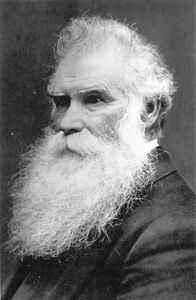
Orson Pratt Sr. was an American religious leader and mathematician who was an original member of the Quorum of the Twelve Apostles of the Church of Christ. He became a member of the Quorum of the Twelve of the Church of Jesus Christ of Latter-day Saints and was a leading Mormon theologian and writer until his death.
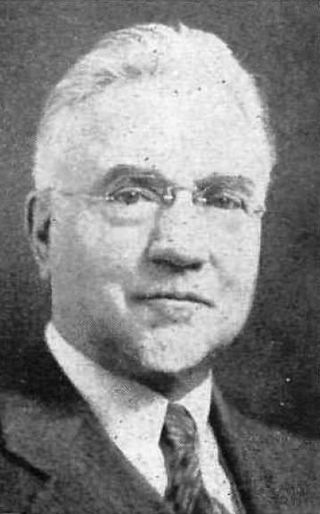
John Andreas Widtsoe was a Norwegian-American scientist, author, and religious leader who was a member of the Quorum of the Twelve Apostles of the Church of Jesus Christ of Latter-day Saints from 1921 until his death in 1952.
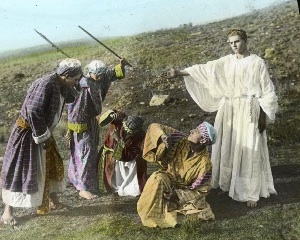
Mormon cinema usually refers to films with themes relevant to members of the Church of Jesus Christ of Latter-day Saints. The term has also been used to refer to films that do not necessarily reflect Mormon themes but have been made by Mormon filmmakers. Films within the realm of Mormon cinema may be distinguished from institutional films produced by the LDS Church, such as Legacy and Testaments, which are made for instructional or proselyting purposes and are non-commercial. Mormon cinema is produced mainly for the purposes of entertainment and potential financial success.
This is a timeline of major events in Mormonism in the 20th century.

William Whitaker Taylor was a member of the Utah Territorial Legislature, member of the Presidency of the Seventy in the Church of Jesus Christ of Latter-day Saints, and a son of LDS Church president John Taylor. He was a half brother to John W. Taylor, a member of the Quorum of the Twelve Apostles who was dropped from the body and excommunicated for refusing to give up plural marriage, and a brother-in-law to George Q. Cannon.

George Reynolds was a general authority of the Church of Jesus Christ of Latter-day Saints, a longtime secretary to the church's First Presidency, and a party to the 1878 United States Supreme Court case Reynolds v. United States, the first freedom of religion case to issue from that court.
Patricia McGerr was an American crime writer, primarily known for her puzzle mystery novels. She won an Ellery Queen's Mystery Magazine/MWA prize for her 1968 story Match Point in Berlin and was awarded the Grand Prix de Littérature Policière in 1952 for her 1951 novel Follow, As the Night. Her first novel, Pick Your Victim (1946), was selected as one of the Fifty Classics of Crime Fiction, 1900-1950.

Joseph Angell Young was an apostle of the Church of Jesus Christ of Latter-day Saints. Young is one of the few Latter-day Saints in history to have been ordained to the office of apostle without ever becoming a member of the Quorum of the Twelve Apostles or the First Presidency.
Paul Robert Cheesman was an American academic and a professor of religion at Brigham Young University (BYU).

LDS Motion Picture Studios (MPS) is a film studio based in Provo, Utah, and is a directly-managed division of the Church of Jesus Christ of Latter-day Saints.
The Legend of Johnny Lingo is a 2003 film set in Polynesia and directed by Steven Ramirez. It is an extension of the 1969 short film Johnny Lingo that is based on a story by Patricia McGerr.
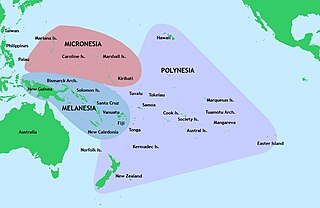
Pacific Islanders have a particular place in the history of the Church of Jesus Christ of Latter-day Saints. Its first non-English-speaking mission was in the region in 1844, less than twenty years after the church's founding, and there are currently six temples among the Pacific Island regions of Polynesia, Melanesia, and Micronesia. In 2015 the Latter-day Saint population in the area was increasing in percentage and absolute numbers.

Melissa Leilani Larson is an American writer and playwright based in Salt Lake City, Utah. Mormon literature critic Michael Austin described her as "one of the true rising stars of Mormon literature." Producer Jeremy Long described her as the "best playwright in Utah." Her plays commonly feature women in leading roles, and some center around the faith of members of the Church of Jesus Christ of Latter-day Saints.














